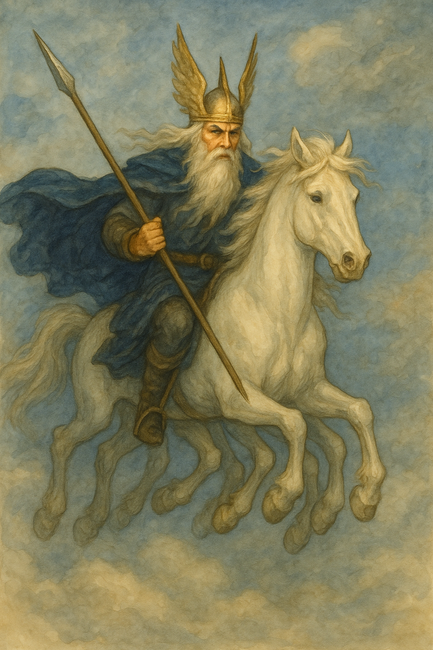The Fascinating History Behind Santa Claus and His Eight Reindeer
- Timothy P. Spradlin
- Jul 22
- 2 min read
Fascinating History Behind Santa Claus and His Eight Reindeer
Why Santa Claus Has Eight Reindeer
Most of us know the beloved poem “’Twas the Night Before Christmas” by Clement Clarke Moore—but did you know its original title was “A Visit from Saint Nicholas”? In this timeless piece, Moore paints the iconic image of Santa Claus arriving in a miniature sleigh pulled by eight flying reindeer:
"More rapid than eagles his coursers they came, And he whistled, and shouted, and call'd them by name: 'Now! Dasher, now! Dancer, now! Prancer and Vixen, On! Comet, on! Cupid, on! Dunder and Blixem; To the top of the porch! to the top of the wall! Now dash away! dash away! dash away all!'"
Originally, the names Dunder and Blixem—Dutch for Thunder and Lightning—were later adapted to the German spellings Donner and Blitzen. These powerful names still close out the team of eight to this day.
But where did the idea of reindeer come from? In northern Europe, especially in Scandinavia, sleighs drawn by reindeer were a familiar sight. Since Saint Nicholas was imagined coming from the North, it made perfect sense to depict him arriving in a sleigh pulled by these hardy creatures.
In fact, Santa’s reindeer made their debut in an 1821 illustrated children’s poem titled “Old Sante Claus with Much Delight,” published in New York. Though the author and illustrator remain unknown, this poem marks the first recorded reference to a reindeer pulling Santa’s sleigh.
Later, in 1902, author L. Frank Baum included a list of ten reindeer in “The Life and Adventures of Santa Claus,” though none of them match the familiar names from Moore’s poem. Even so, it was Moore’s 1823 version, “A Visit from St. Nicholas”, that cemented the enduring image of Santa’s eight-reindeer sleigh in Christmas lore.
But the magic of “eight” reaches back even further—deep into ancient Scandinavian mythology. During Yule (or Jól), a mysterious gift-bringer would ride across the sky on an eight-legged horse named Sleipnir. That horse belonged to none other than Odin, the Norse god often associated with winter and wisdom. Sleipnir’s name means “the sliding one,” and from this legend, it takes only a small leap to imagine the sleigh of Santa as a modern interpretation of Sleipnir itself.
Thus, the myth of Santa Claus is a rich blend of Norse, Dutch, German, and American traditions—woven together over centuries to form the Christmas magic we cherish today.
You can explore this enchanted history in “The Saga of Belsnickel: A Yuletide Christmas Story,” where these traditions come to life in heartfelt, storybook form.
Until next time, I'll see you by the fireside. Timothy Spradlin






